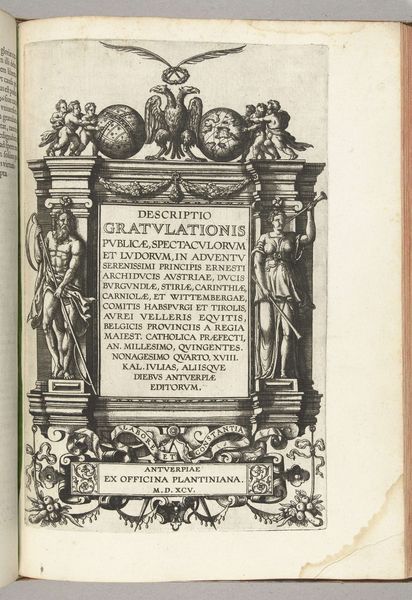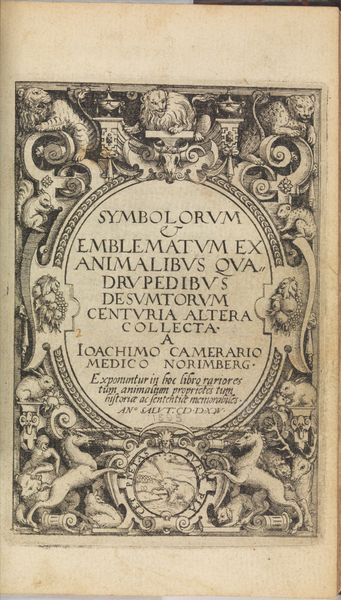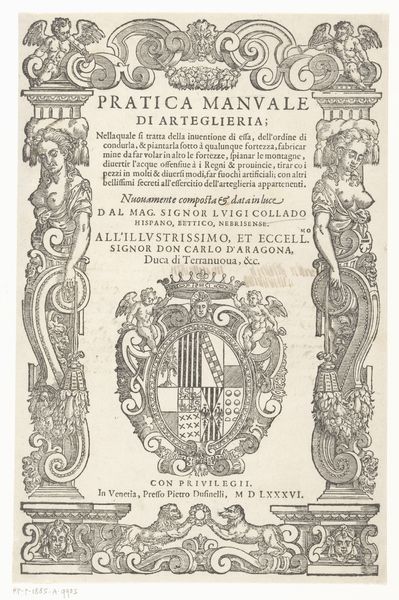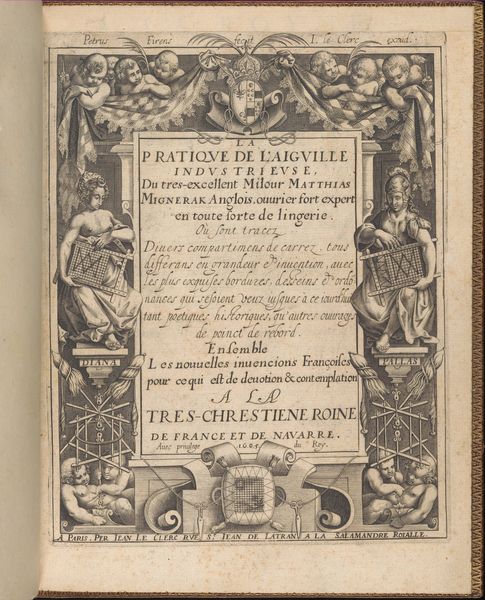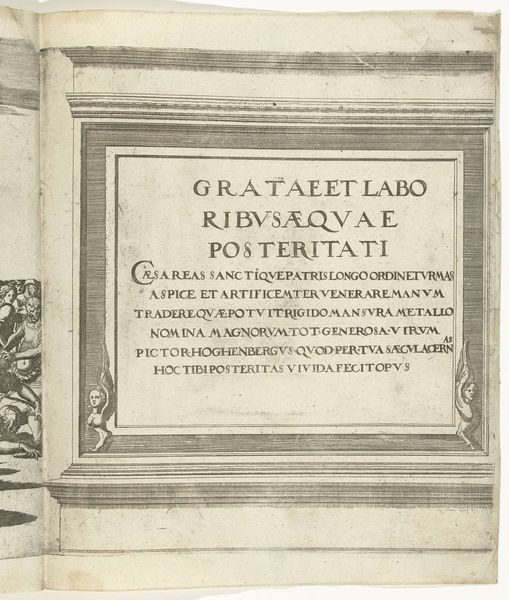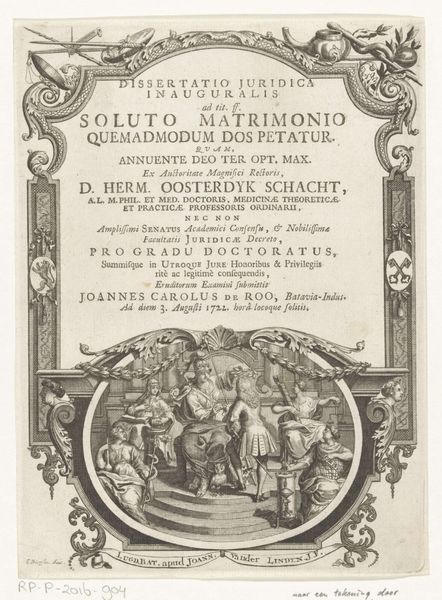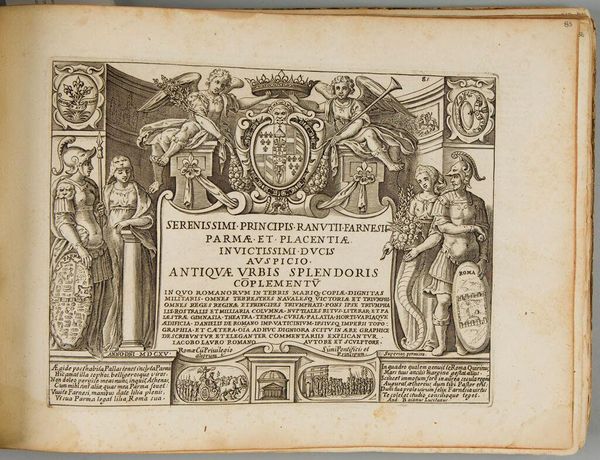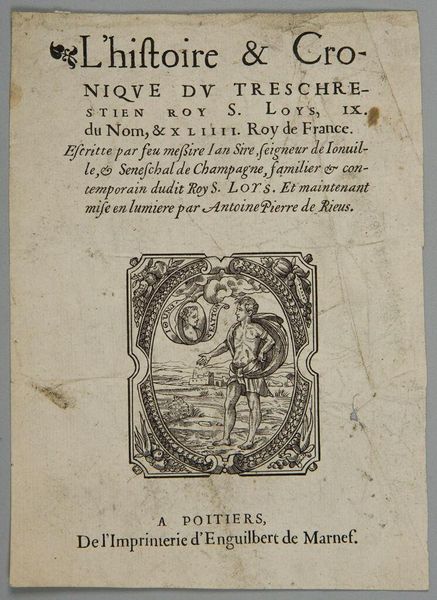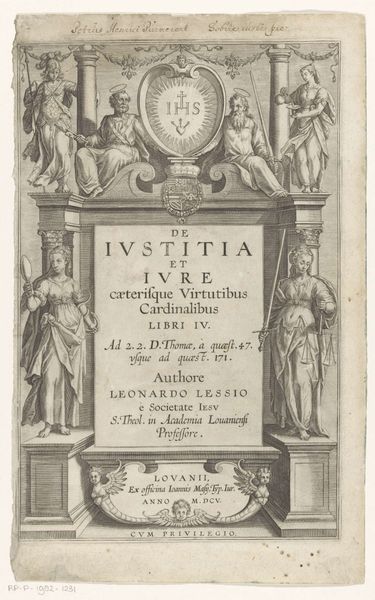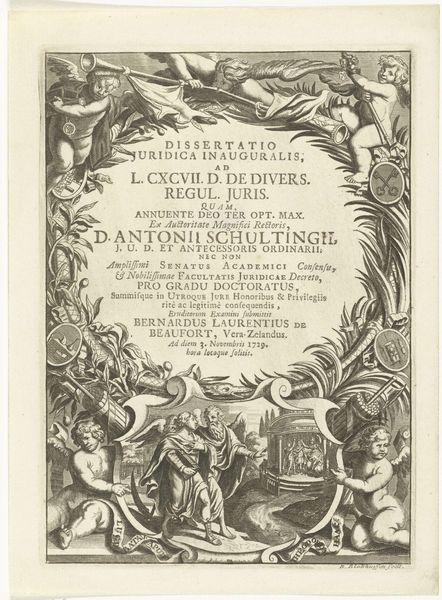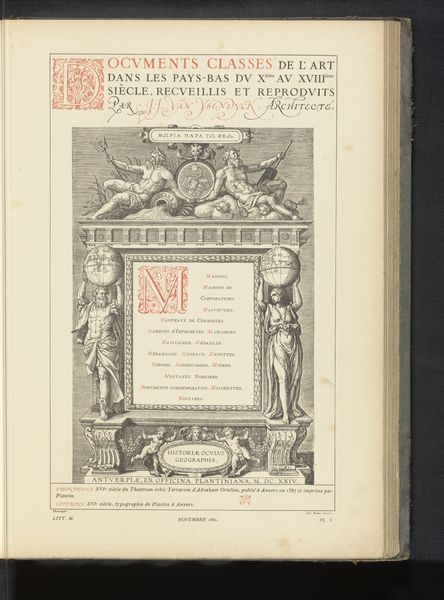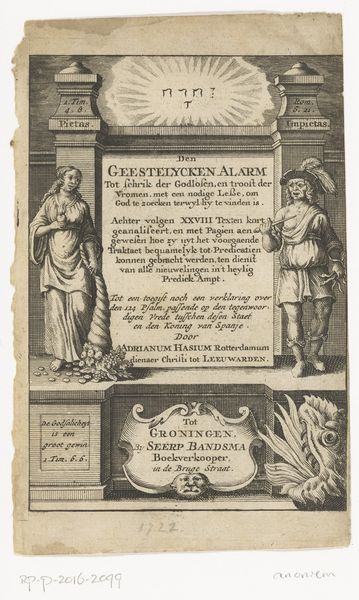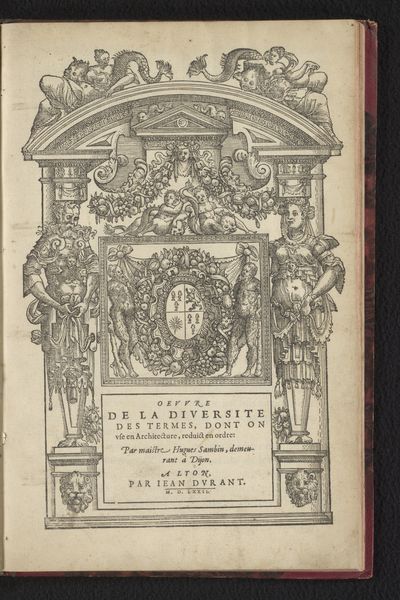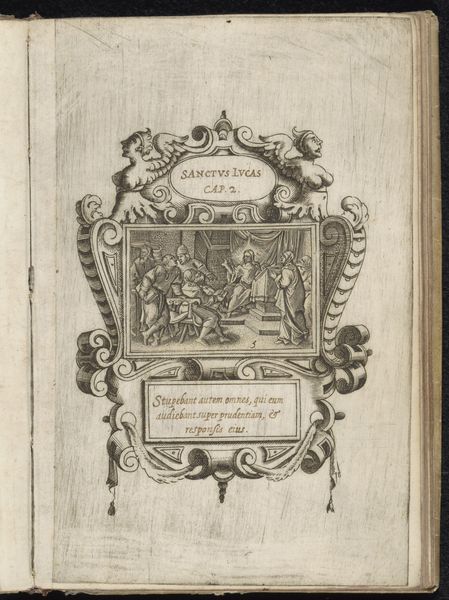
The Campus Martius of Ancient Rome, the Work of G.B. Piranesi, Fellow of the Royal Society of Antiquaries, London 1762
0:00
0:00
drawing, print, etching, paper
#
drawing
#
neoclacissism
# print
#
etching
#
book
#
landscape
#
paper
#
history-painting
#
italy
Dimensions: 580 × 430 × 24 mm (closed); 837 × 580 mm (open)
Copyright: Public Domain
Curator: This etching is by Giovanni Battista Piranesi, dating back to 1762. It is called "The Campus Martius of Ancient Rome, the Work of G.B. Piranesi, Fellow of the Royal Society of Antiquaries, London", and is currently held at the Art Institute of Chicago. Editor: It gives the distinct impression of ruins reclaimed, of history crumbling yet enduring. The stark contrast in the print draws my eye to the cracked stone and the implied weight of history. Curator: Exactly. Look at the detail Piranesi achieves using just etching on paper! The fragmented tablet is engraved with a detailed inscription and dominates the composition, creating a powerful emblem of lost knowledge. There's something deeply melancholic in its disintegration. Editor: Agreed, and I'm curious about this conscious interplay between the durability of the etched copper plate and the fragile nature of the printed image on paper. Consider also, how prints function within a market for historical subjects. Curator: Precisely, this speaks to the ephemeral nature of memory itself. See how the classical elements such as the pillar are decaying, how their forms carry an enduring visual weight through generations, almost like archetypes passed down through time. This relates directly to the Neoclassical movement, of course. Editor: To further explore this process, Piranesi also indicates the manual labor of Robert Adam in the remnants here, a further exploration in how classical art comes down to us, not just in images, but also human skill, toil, and commerce. Curator: He clearly intended for viewers to contemplate Rome’s former glory and inevitable decline, using stark imagery. It makes me think of the cyclical patterns in history. What we consider great today may be rubble tomorrow, but with enduring impressions. Editor: Indeed. It compels me to reflect on the labor inherent in the making and reception of the art objects and architectural remnants represented here.
Comments
No comments
Be the first to comment and join the conversation on the ultimate creative platform.
